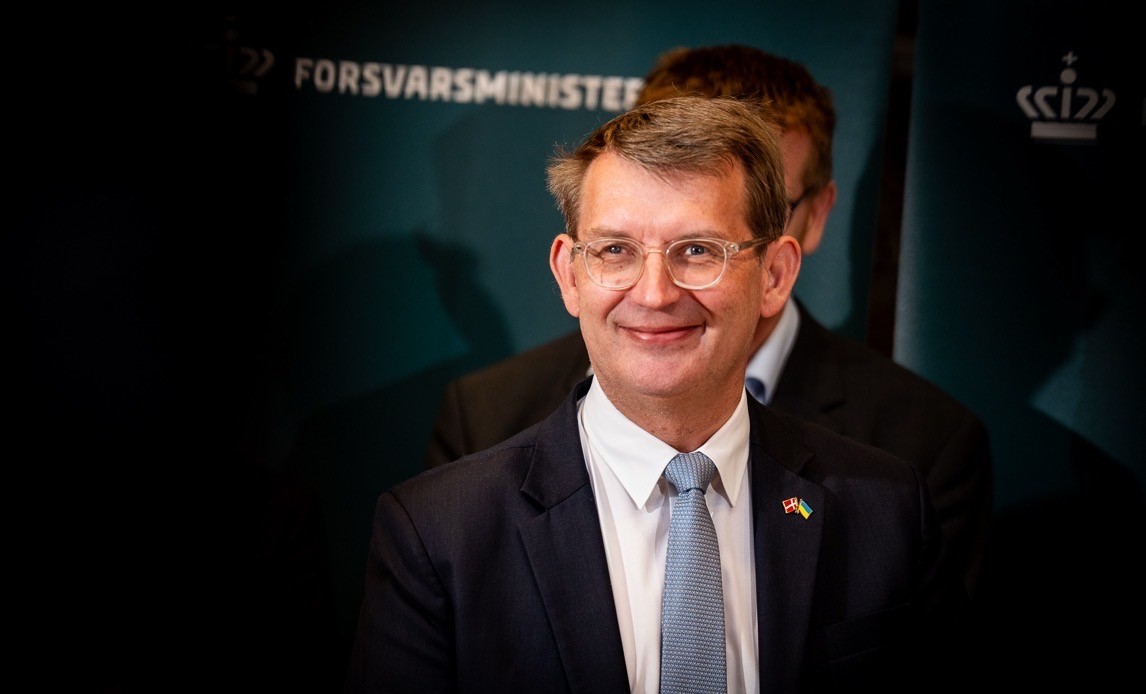News
Parties to the Defence Agreement approve historic investment in ground-based air and missile defence systems
The political parties behind the Defence Agreement have decided to procure additional ground-based air defence systems. The decision entails the procurement of eight systems, comprising both long-range and medium-range capabilities. This is the largest single investment ever in Danish Defence.

Forsvarsministeriet
The Danish Armed Forces are building ground-based air defence systems to protect civilians, military targets, and critical infrastructure against airborne threats. With the establishment of Air Defence Wing in March 2025, the Danish Armed Forces created the framework for the investments now being made.
“The current geopolitical situation makes ground-based air defence an absolute top priority in building up the Danish Armed Forces. Experience from Ukraine shows that ground-based air defence plays a critical role, for example, in protecting civilians against Russian air attacks. I am therefore very pleased to make a significant investment in additional ground-based air defence systems together with the parties to the Defence Agreement. The Danish Armed Forces expect the first part of its ground-based air defence system to be operational later this year, and I am pleased that the parties to the Defence Agreement are responding with a long-term perspective on geopolitical developments,” says Minister for Defence Troels Lund Poulsen.
The acquisitions of ground-based air defence systems have followed two lines of action. In June 2025, a decision was made to rapidly procure medium-range ground-based air defence systems in order to deliver operational effect as quickly as possible. Based on the military expert recommendation of the Chief of Defence, the parties to the Defence Agreement have now decided to procure a total of eight long and medium ranges systems. The rapidly procured medium-range systems will be included in this total.
For the long-range system, the French-Italian-manufactured SAMP/T will be procured, while for the medium-range systems, a choice will be made between one or more systems from the Norwegian-manufactured NASAMS, the German IRIS-T, and the French VL MICA. The systems are selected based on a comprehensive assessment of operative, economic, and strategic factors.